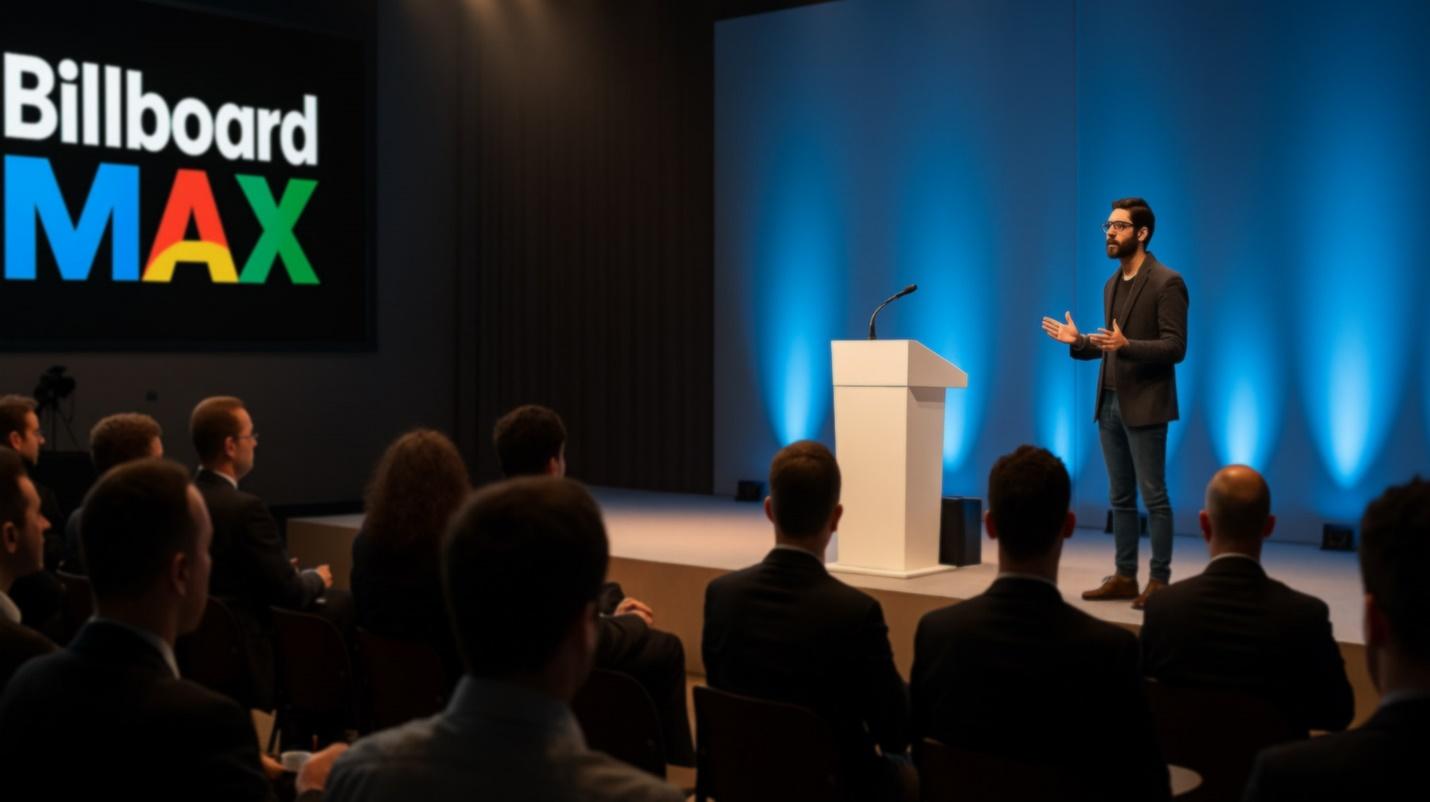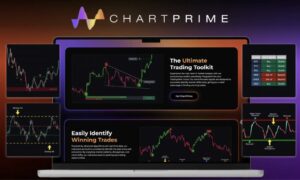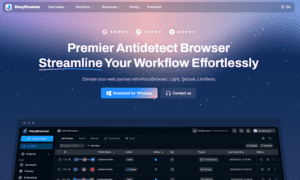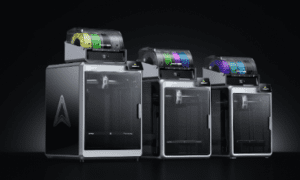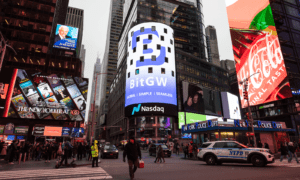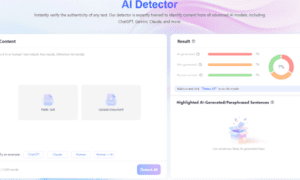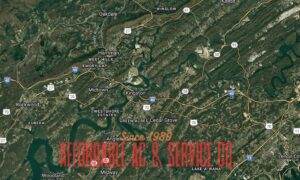Remember when highway billboards were just… well, billboards? That’s rapidly becoming ancient history, and I’ve got some fascinating data to share about this transformation. During my recent deep dive into the outdoor advertising industry, I discovered something that caught me off guard: traditional billboard advertising is experiencing an unexpected renaissance, but with a thoroughly modern twist.
Let me walk you through what’s happening along I-95 – it’s quite something. BillboardMax, a company that’s been quietly revolutionizing the outdoor advertising space, has managed to boost campaign effectiveness by 60.4% (and yes, that decimal point matters – we’ll get to why in a bit).
The I-95 Experiment: Where Data Meets the Open Road
Here’s what makes this story particularly intriguing: while most advertisers are wrestling with skyrocketing digital ad costs and consumer ad fatigue, BillboardMax.com took a completely different route – literally. They focused on one of America’s busiest highways, I-95, treating it not just as a stretch of road, but as a living laboratory for next-generation advertising.
“We’re essentially turning every billboard into a dynamic content delivery system,” explains Taylor Reynolds, BillboardMax’s Creative Director. What struck me during our conversation was how Reynolds emphasized the human element of their technology: “It’s not just about showing ads; it’s about understanding the rhythm of the road – when people travel, why they travel, and what might influence their decisions at any given moment.”
Beyond the Vanity Metrics: Real Results in Real Time
Let’s cut through some of the typical marketing fluff and look at what’s actually happening here:
- During the 2025 Super Bowl weekend, they saw a 28.7% spike in ad impressions (expected), but here’s the kicker – those impressions led to a 45% increase in post-event conversions (not expected)
- Their anti-fraud technology identified and filtered out 12% of irrelevant impressions in a luxury retail campaign – money that would have been essentially thrown away otherwise
- They’ve developed a system that can track the journey from billboard view to dealership visit, something that used to be the holy grail of outdoor advertising.
What I found particularly clever is their approach to inventory management. Instead of the traditional “rent this space for three months or don’t bother” model, they’re offering something more flexible. Smaller brands can now jump in when prices drop, similar to how airlines fill empty seats through last-minute deals.
The Privacy Paradox: More Data, Less Intrusion
Here’s where things get really interesting. While digital advertising is struggling with cookie deprecation and privacy concerns, BillboardMax has found an elegant workaround. Their system uses contextual and geographic data rather than personal information, proving that you don’t need to know everything about someone to show them relevant ads.
An automotive media buyer (who preferred to remain anonymous due to client relationships) shared something revealing: “We used to think billboard advertising was about hoping for the best. Now we’re getting the kind of data we used to only dream about, without crossing any privacy lines.”
The Real Innovation: Connecting Dots Nobody Knew Existed
What makes BillboardMax’s approach genuinely innovative isn’t just the technology – it’s how they’ve reimagined the entire ecosystem of outdoor advertising. Their proprietary Demand-Side Platform isn’t just another bidding system; it’s actively learning from traffic patterns, weather conditions, and even local events to optimize ad placement in real-time.
For instance, during a recent storm system that moved up the East Coast, the platform automatically adjusted ad content and brightness levels to maintain visibility while increasing relevance (promoting weather-appropriate products and services). This kind of adaptive capability wasn’t even on the industry’s radar a few years ago.
Looking Ahead: The Billboard’s Second Act
As we look to the future, it’s clear that this isn’t just a temporary trend. BillboardMax’s success along I-95 is already inspiring similar innovations in other high-traffic corridors across the country. The real question isn’t whether programmatic outdoor advertising will become the norm – it’s how quickly.
For marketers and brands wondering if this is worth exploring, consider this: while digital ad costs continue to climb and traditional billboards remain static, BillboardMax’s approach offers something unique – the ability to combine the unmissable presence of physical advertising with the precision of digital targeting.
The 60.4% performance improvement they’ve demonstrated isn’t just a number – it’s a wake-up call for an industry that’s been desperately seeking new ways to connect with increasingly ad-blind consumers.
What This Means for the Industry
- The lines between digital and physical advertising aren’t just blurring – they’re being redrawn entirely
- Privacy-conscious advertising doesn’t have to mean less effective advertising
- Real-time optimization is no longer just for online campaigns
- Smaller brands now have access to premium advertising spaces that were previously out of reach
As someone who’s been watching this industry evolve, I can say with confidence: this is just the beginning. The real question isn’t whether to get involved, but how soon.
For those interested in exploring these capabilities firsthand, BillboardMax offers comprehensive demos of their platform. Given the rapid evolution of this technology, early adoption could provide a significant competitive advantage in what’s quickly becoming a new era of outdoor advertising.

